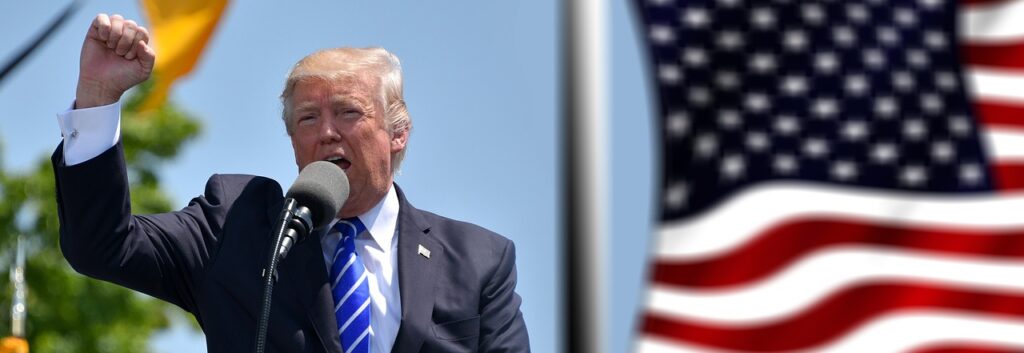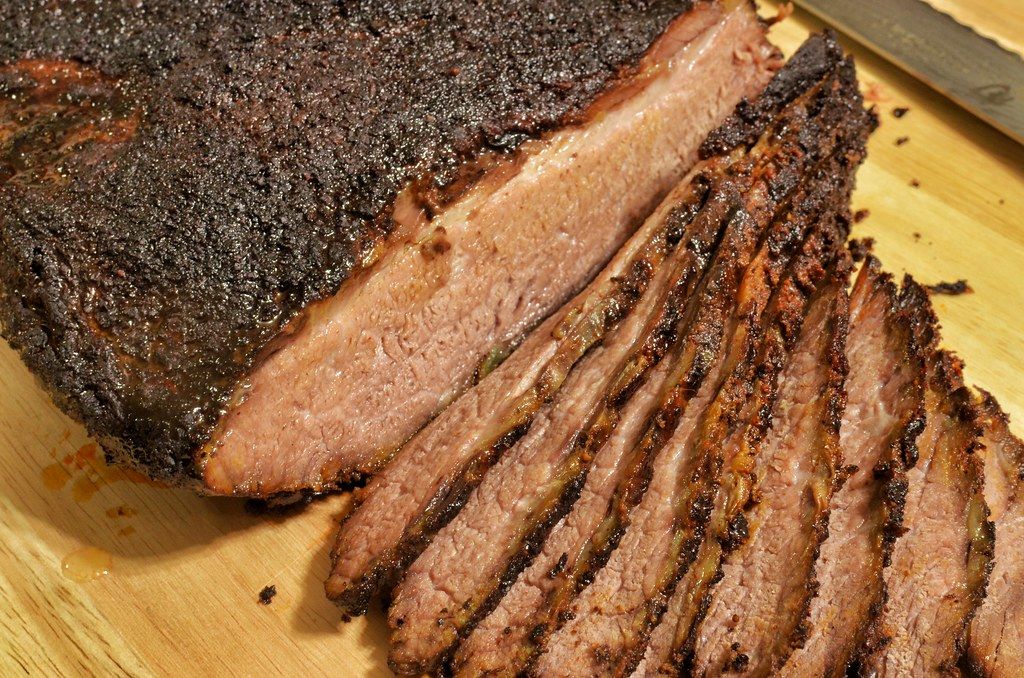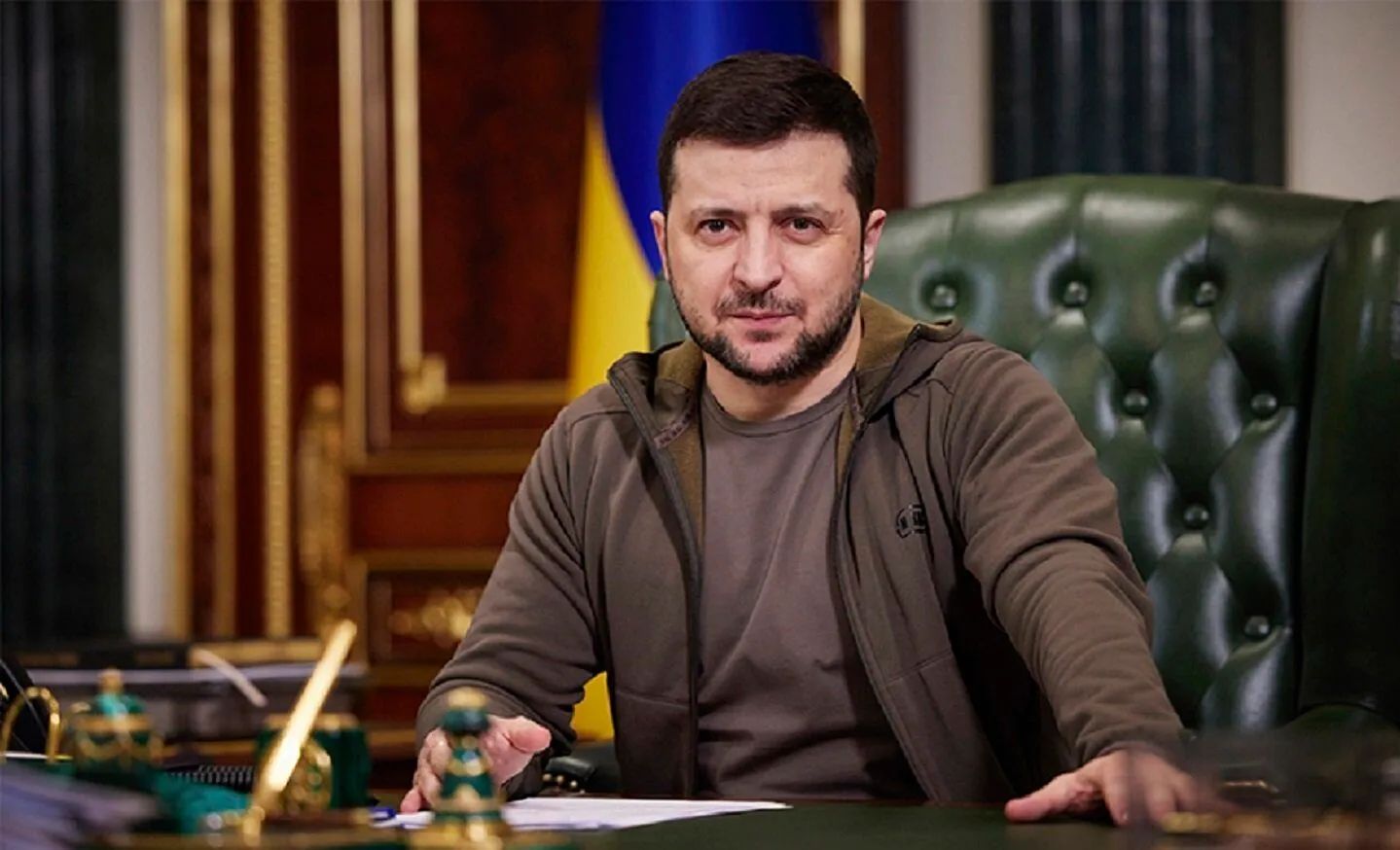
Ukrainian President Volodymyr Zelenskyy delivered a definitive rejection Saturday to any suggestion that his nation would cede territory to Russia, directly countering a recent proposal from President Donald Trump. Speaking from Kyiv, Mr. Zelenskyy underscored that Ukraine’s constitutional integrity remains inviolable, setting a firm boundary for any potential peace negotiations.
His declaration came in a message posted on Telegram early Saturday, asserting, “The answer to Ukraine’s territorial question is already in the constitution of Ukraine.” He continued, with unwavering resolve, that “No one will and no one can deviate from it. Ukrainians will not give their land to the occupier.”
The Ukrainian leader’s comments were a direct response to President Trump’s earlier remarks on Friday, where the American president had openly suggested the possibility of a land swap as a component of a ceasefire agreement to end the protracted conflict. At the White House, Mr. Trump stated, “There’ll be some swapping of territories to the betterment of both and … we’ll be talking about that either later or tomorrow, or whatever.”
President Trump had also announced on Truth Social that a highly anticipated meeting with Russian President Vladimir Putin was scheduled for the coming Friday in Alaska. The logistical specifics and further details of this significant summit remain fluid and largely unclear, with notable ambiguity surrounding whether President Zelenskyy would be included in the discussions.
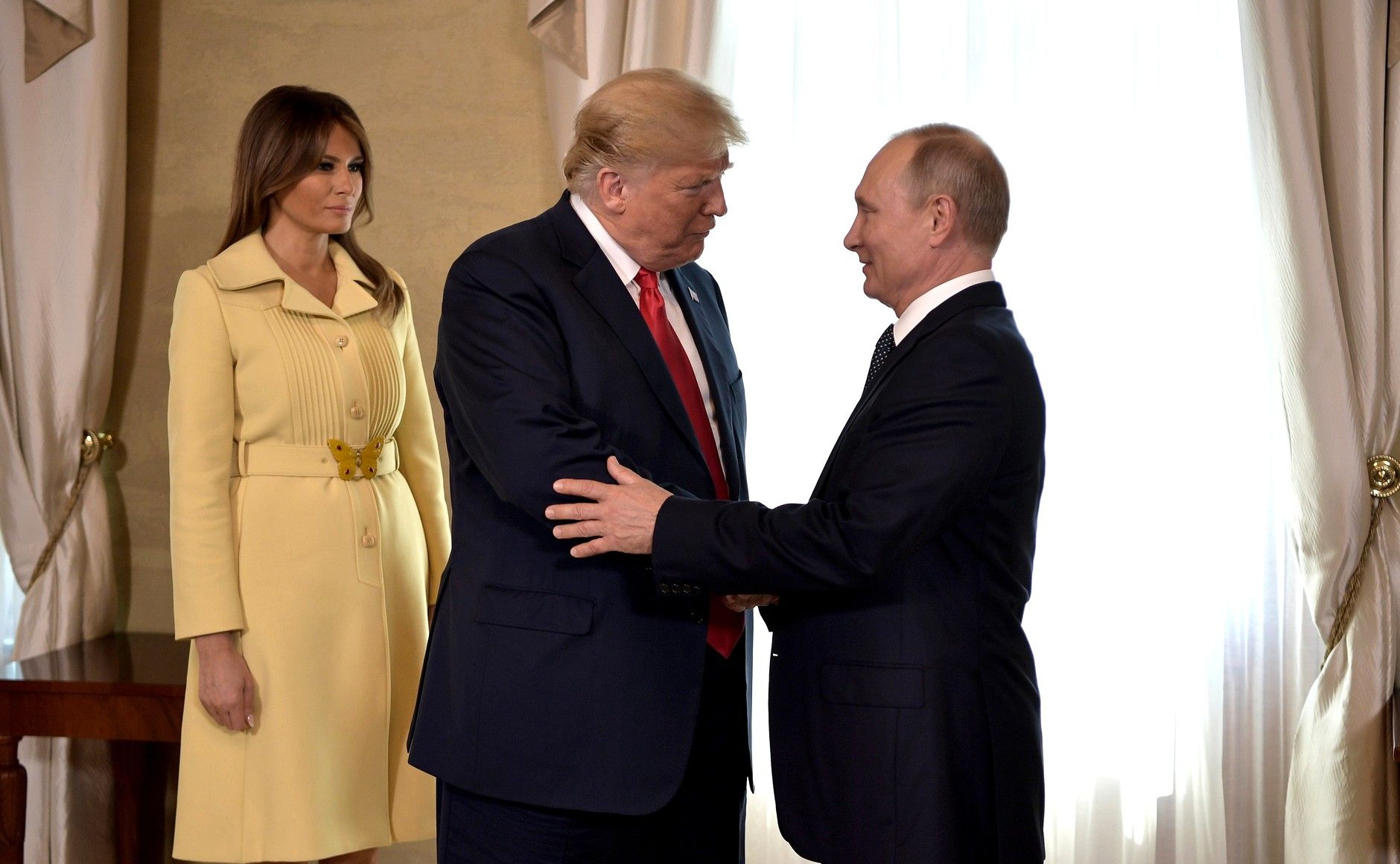
Remarkably, Mr. Trump’s post announcing the meeting with President Putin made no mention of the Ukrainian President, a detail that has not gone unnoticed in Kyiv and among its European allies. A White House official confirmed Friday that a list of demands for a potential ceasefire had been provided by the Russians, with the United States actively seeking buy-in from both Ukrainians and European partners.
Despite these diplomatic overtures, President Zelenskyy articulated his position with clarity, stating that any decisions made without Ukraine’s involvement would be considered “decisions against peace.” He further emphasized that such decisions “will not achieve anything.” By early Saturday, the White House had yet to issue a comment regarding President Zelenskyy’s emphatic message.
Russia’s preconditions for peace have consistently included Ukraine ceding all the land that President Putin claims to have annexed since 2014, coupled with an agreement for Ukraine to maintain permanent neutrality, which would include a ban on ever joining NATO. These demands are central to Moscow’s strategy in the ongoing conflict.
President Putin asserts control over four Ukrainian regions — Luhansk, Donetsk, Zaporizhzhia, and Kherson — in addition to the Black Sea peninsula of Crimea, which was annexed in 2014. It is important to note, however, that Russian forces do not hold full control over all the territory within each of these claimed regions, leading to continued intense fighting.
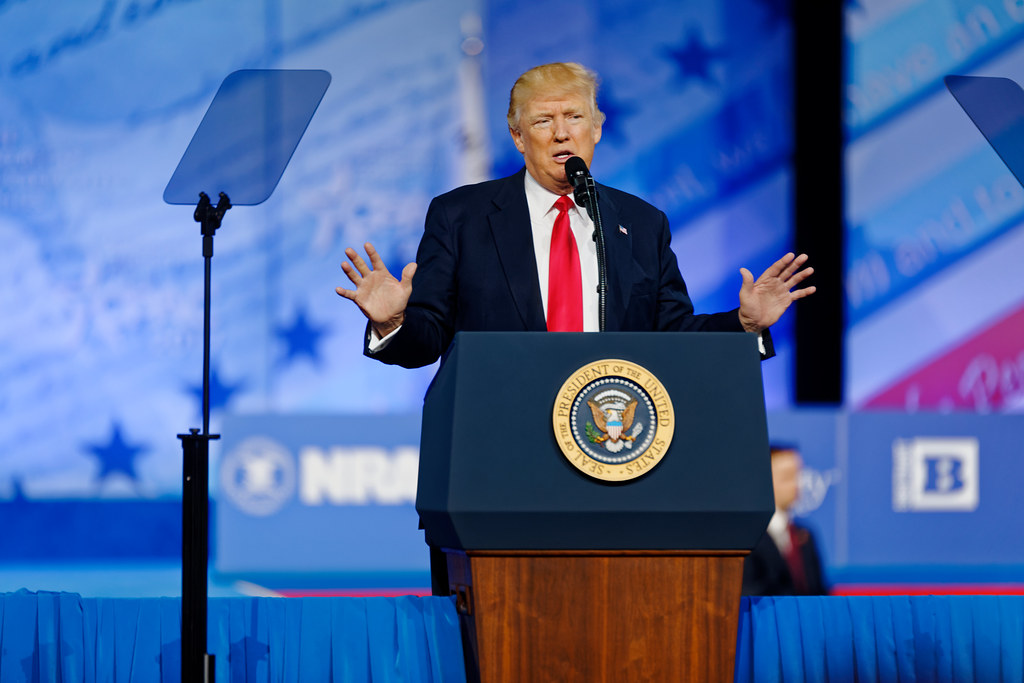
The precise nature of President Trump’s reference to “swapping” territories remains undefined, leaving it open to interpretation whether he implied a formal cession of land or merely a withdrawal from areas currently under each side’s control. This ambiguity adds another layer of complexity to the already intricate peace discussions.
Ukrainian officials, including President Zelenskyy, have consistently maintained their refusal to concede any territory that Russia has illegally annexed. Moreover, Ukraine has steadfastly insisted that any future agreement must incorporate robust “security guarantees” from its allies, aimed at preventing Moscow from launching further acts of aggression.
Public sentiment within Ukraine strongly supports this resolute stance. A recent poll conducted by the Kyiv International Institute of Sociology revealed that more than three-quarters of Ukrainians are unequivocally against transferring any Ukrainian-controlled territory to Russia. Even when considering territory already under Russian control, opposition to ceding land remains robust, with slightly over half of Ukrainians against it, even if it prolongs the conflict.
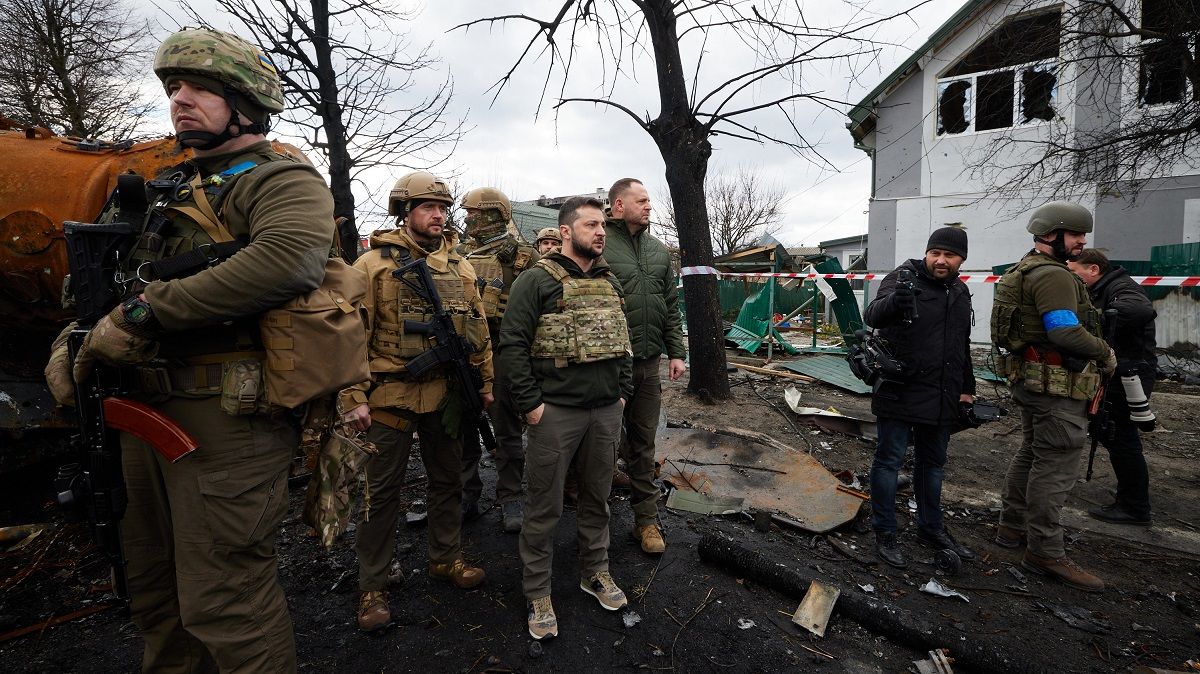
However, the same poll indicated a subtle shift in public opinion since Ukraine’s failed 2023 counteroffensive, which highlighted the challenges of retaking substantial territory. Support for land concessions has seen an increase, with approximately 38 percent of the population now considering it acceptable, a notable rise from just 10 percent two years prior.
From the eastern front, an officer from Ukraine’s 72nd Brigade, identified by his call sign, Barbarossa, conveyed the deep-seated resistance within the military. He articulated his views in a text message, stating, “Exchanging territories is not peace, it is a breather for the enemy before a new attack.” He powerfully added, “We do not bargain with the blood and graves of our people,” and insisted, “Every meter of Ukraine has been fought for, and my brothers in arms paid for it with their lives.”
Former Ukrainian President Petro O. Poroshenko echoed this sentiment on Facebook, declaring that “Ukrainians are a nation that does not trade its own territories.” He further stated, “Therefore, we cannot set a precedent where peace is achieved at the expense of concessions on the part of Ukraine,” highlighting the profound historical and national significance of the matter.
Complicating any potential territorial agreement is the fact that Ukraine holds no Russian land, meaning any “swap” would necessitate Kyiv ceding Ukrainian-controlled territory in exchange for land presently occupied by Russia. This fundamental imbalance has largely driven Mr. Zelenskyy’s unequivocal rejection of land concessions, as doing otherwise would likely provoke fierce domestic criticism and ignite a significant political crisis.
Read more about: Ukraine’s Bold Operations Redefining Modern Warfare: An In-Depth Look

Indeed, ceding regions like Luhansk and Donetsk, which are part of the Donbas, would pose substantial challenges for Ukraine. These areas are rich in cities and industrial centers, which Russia could potentially leverage as launchpads for renewed hostilities. Furthermore, Ukraine would be compelled to abandon its principal fortified defensive line in northern Donetsk, a critical strategic asset that has thus far withstood numerous Russian assaults.
Beyond military considerations, there is the immense humanitarian challenge of evacuating an estimated 200,000 civilians still residing in Ukrainian-controlled territories within the Donbas region. Those who chose to remain would face the grim prospect of abuse under Russian occupation, a reality that weighs heavily on Kyiv’s decision-making.
Diplomatic efforts surrounding the conflict are multifaceted and ongoing. President Zelenskyy engaged in conversations with Britain’s Prime Minister Keir Starmer and French President Emmanuel Macron. Mr. Macron subsequently affirmed on X that he had a lengthy discussion with the Ukrainian president and “several European leaders,” reiterating his support for a ceasefire.
Read more about: A Deep Divide: Russia’s Unchanging Stance on Land Control Leaves Ukraine Peace Prospects Bleak

Concurrently, Vice President JD Vance, during a visit to the United Kingdom, met with U.K. Foreign Secretary David Lammy and a delegation of leaders from Ukraine and other European nations. Mr. Vance later posted on X that the conversation aimed “to discuss a route to peace in the conflict between Russia and Ukraine,” though he provided no further specifics regarding the ceasefire negotiations.
Attending this crucial meeting with Vice President Vance were Andriy Yermak, the chief of staff to President Zelenskyy, and Ukrainian Defense Minister Rustem Umerov, alongside Foreign Secretary Lammy. Secretary of State Marco Rubio and special envoys Steve Witkoff and Keith Kellogg participated virtually, underscoring the high-level engagement.
A senior U.S. official familiar with the negotiations described the meeting as “productive,” noting that discussions focused on potential security guarantees sought by Ukraine as part of any eventual peace deal. However, the official explicitly denied that NATO membership was part of the counter-initiative discussions, maintaining clarity on the scope of the talks.
Read more about: Unpacking Trump’s Latest Tariffs: The Looming Cost to American Households and Businesses as Import Levies Reach Decades-High Levels
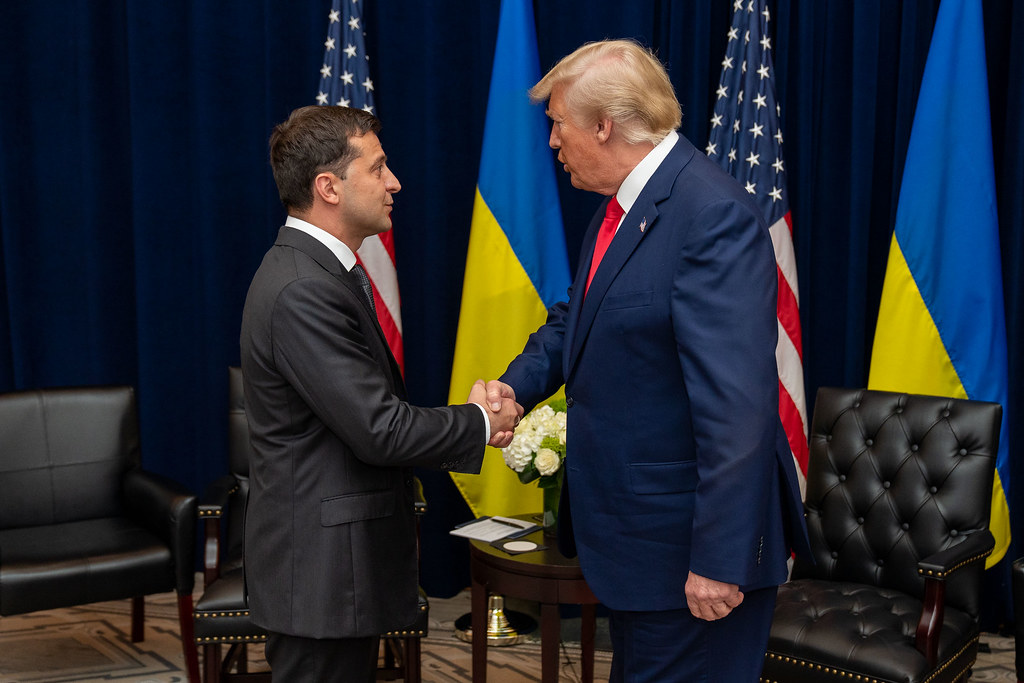
The official emphasized the value of continued dialogue, stating, “They’re productive, because it keeps the dialogue going.” The official also praised the candor of the participants, which they found “important.” It was also revealed that President Zelenskyy last spoke with President Trump by phone on Wednesday, August 6, and that Keith Kellogg is slated to travel to Ukraine for high-level meetings ahead of the Trump-Putin summit.
Despite the flurry of diplomatic activity, the meeting in Alaska will mark the first direct encounter between President Trump and President Putin since the full-scale invasion of Ukraine, which has tragically become the deadliest conflict in Europe since World War II. Their relationship has seen fluctuations, with Mr. Trump previously referring to Mr. Putin as a “strong and smart leader” and stating they “got along great” during his first term.
However, President Trump’s initial campaign promise to resolve the conflict within 24 hours has been extended, and he has since expressed frustration with the Russian president’s apparent unwillingness to end the war. Leading up to the summit, Mr. Trump had threatened to impose new sanctions and tariffs from Friday against Moscow and countries importing its exports, unless President Putin agreed to cease the conflict.
Read more about: Path to Peace or Peril? Alaska Summit Seeks Ukraine Resolution Amidst Proposed Territorial Shifts and Global Pressures
By Saturday morning, it remained ambiguous whether these threatened sanctions would indeed take effect, be delayed, or be canceled altogether. So far, President Trump’s ultimatums appear to have prompted the Kremlin to concede little more than a meeting, failing to shift Moscow’s position “one inch” on its war in Ukraine.
Experts remain cautious about the potential for a breakthrough. Peter Watkins, an associate fellow at Chatham House, a London-based think tank, conveyed to NBC News on Saturday that “The underlying issues have not changed.” He underscored that “For Russia, this isn’t just about territory, it’s about controlling Ukraine as a whole.”
Mr. Watkins further suggested that while President Trump would likely seek tangible outcomes from the summit, the most probable result might be merely “another step” in a drawn-out process rather than a decisive resolution. The announcement of talks between the two leaders has, unfortunately, done little to quell the relentless violence on the ground.
Mykola Davydiuk, a Ukrainian political analyst, posited that President Zelenskyy and his team are actively seeking strategies to ensure they are not sidelined in the negotiations. This includes rallying European allies and pushing to establish the terms and structure of any peace talks, reflecting Kyiv’s strong insistence on being an active participant in its own future.
Read more about: U.S. Escalates Economic Pressure on India with Sweeping 50% Tariffs Over Russian Oil Purchases

However, Ukraine’s preferred approach to structuring a peace deal fundamentally clashes with Moscow’s. Kyiv insists on securing a ceasefire as a prerequisite before any discussion of peace terms, including territorial disputes. The Kremlin, conversely, demands that talks commence without a preliminary ceasefire and address what it terms the “root causes” of the war, a shorthand that encompasses the very existence of Ukraine as an independent, Western-aligned nation.
Kateryna Zarembo, a Ukrainian policy analyst now serving as a medical volunteer on the front, offered a stark assessment, arguing that Moscow’s approach “is about appeasement and about acknowledging that the aggressor is right — that whatever he wants, he will have.” She firmly concluded, “With this, the war cannot be ended.”
European leaders have collectively voiced their solidarity with Ukraine. A statement issued on August 9 from the leaders of France, Italy, Germany, Poland, Finland, the United Kingdom, and the European Union unequivocally read, “The path to peace in Ukraine cannot be decided without Ukraine.” They reaffirmed their commitment to the principle that “international borders must not be changed by force.”
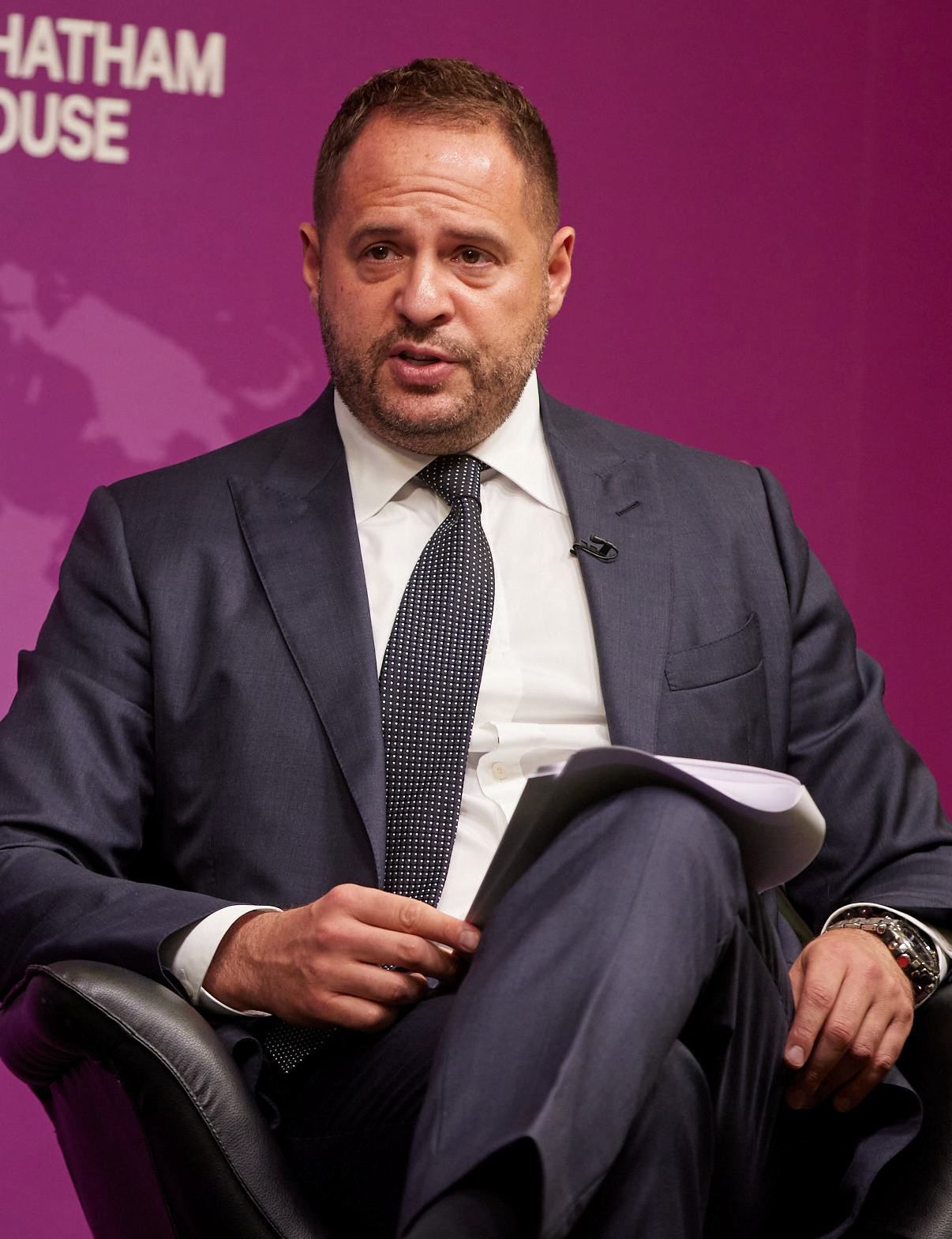
Andriy Yermak, a key figure in President Zelenskyy’s administration, emphasized Ukraine’s clear position on social media: “Our positions were clear: a reliable, lasting peace is only possible with Ukraine at the negotiating table, with full respect for our sovereignty and without recognizing the occupation.” He added, “A ceasefire is necessary ‒ but the front line is not a border.”
Nigel Gould-Davies, a senior fellow for Russia and Eurasia at the International Institute for Strategic Studies, pointed to the symbolic significance of Alaska as the summit venue, noting that it “naturally favors Russia.” He mused, “It’s easy to imagine Putin making the point. … We once had this territory and we gave it to you, therefore Ukraine had this territory and now should give it to us,” referencing the historic Alaska Purchase.
On the streets of Kyiv, citizens grapple with the implications of territorial concessions. Ihor Usatenko, a 67-year-old pensioner, remarked, “It may not be capitulation, but it would be a loss,” though he suggested he might consider ceding territory “on condition for compensation and, possibly, some reparations.”
Read more about: Diplomatic Crossroads: Putin’s Ceasefire Offers Meet Skepticism Amid Intensifying Global Debate on Ukraine’s Future

Anastasia Yemelianova, 31, expressed a deeply personal conflict, stating, “Honestly, I have two answers to that question. The first is as a person who loves her country. I don’t want to compromise within myself.” Yet, she acknowledged the human toll: “But seeing all these deaths and knowing that my mother is now living in Nikopol under shelling and my father is fighting, I want all this to end as soon as possible.”
Svitlana Dobrynska, a 57-year-old pensioner whose son tragically died fighting, adamantly rejected outright concessions but supported a halt to combat to preserve lives. She articulated, “We don’t have the opportunity to launch an offensive to recapture our territories,” adding, “But to prevent people from dying, we can simply stop military operations, sign some kind of agreement, but not give up our territories.”
The grim reality of the conflict continues to unfold daily. On Saturday, Russian drone strikes inflicted casualties in Ukraine, hitting a minibus in a suburb of Kherson, killing two individuals and injuring six. Separately, two others died after a Russian drone struck their car in the Zaporizhzhia region.

Ukraine’s Air Force Command reported on Saturday that Russia launched 47 drone strikes overnight across multiple Ukrainian regions, with 31 of them successfully making landfall. Conversely, Russia’s Defense Ministry stated that its air defenses intercepted 97 Ukrainian drones over Russia and the Black Sea overnight, with an additional 21 downed on Saturday morning.
The complex diplomatic landscape, coupled with the unyielding positions of the principal actors and the persistent violence on the front lines, underscores the monumental challenges facing any effort to forge a lasting peace. As President Trump prepares for his meeting with President Putin, the world watches, mindful that the path to peace for Ukraine remains, by Kyiv’s firm declaration, inextricably tied to its sovereignty and territorial integrity.
This pivotal moment in the deadliest European conflict since World War II highlights the deep chasm separating the visions for its resolution. The clarity of Ukraine’s stance against territorial concessions, rooted in its constitution and fortified by public will, sets a definitive precondition for any meaningful progress, ensuring that a peace arrived at without Kyiv’s full and active participation is, as President Zelenskyy asserted, a “dead decision” that “will never work.”

